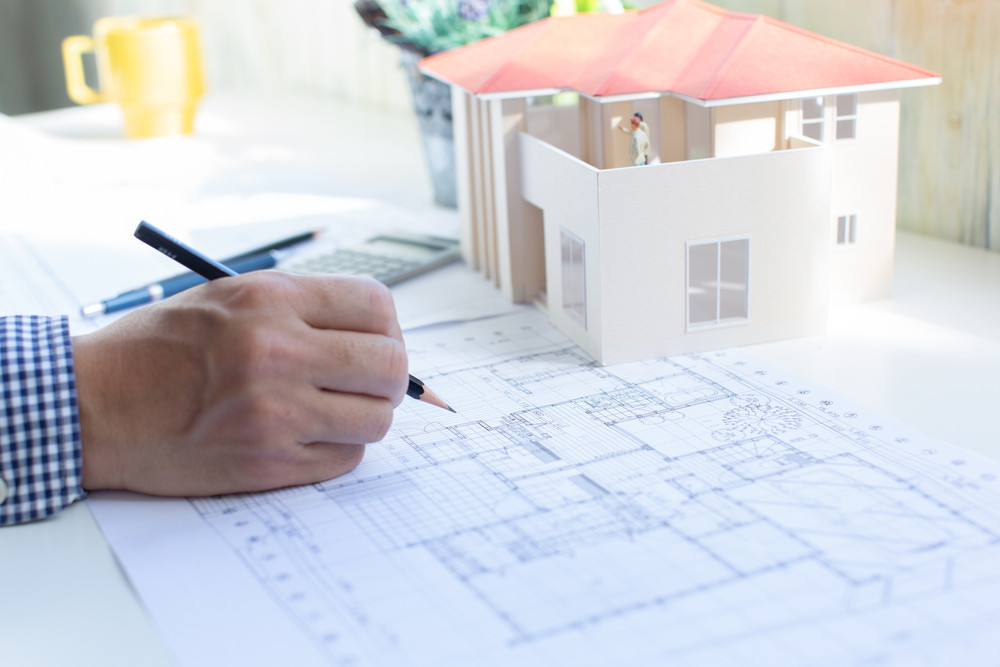Just How CDA Architects Integrate Imagination and Performance in Modern Architecture
Just How CDA Architects Integrate Imagination and Performance in Modern Architecture
Blog Article
Comprehending the Collaborative Process Between Architects and Designers in Modern Building And Construction Projects
The collaborative process between architects and designers is crucial in modern-day building and construction projects, as it harmonizes design intent with design usefulness. Exploring these characteristics reveals insights that can dramatically impact task outcomes and overall market criteria.
The Significance of Collaboration
The collective harmony between architects and engineers is crucial for the successful awareness of any building and construction project. This collaboration brings together distinctive know-how and perspectives, allowing the assimilation of ingenious layout with functional engineering solutions. By collaborating, architects and engineers can make certain that a task not only fulfills aesthetic and practical needs however likewise abides by security, sustainability, and budgetary restrictions.
Cooperation promotes a common vision, helping with the placement of goals and assumptions from the start. This alignment is critical in dealing with possible difficulties and mitigating threats that might develop during the task lifecycle. A joint technique enables for the reliable allocation of sources, maximizing both time and cost.
The significance of partnership prolongs to the repetitive procedure of layout and building, where feedback from designers can inform architectural decisions, bring about more possible and lasting layouts. Conversely, engineers can inspire engineers to assume artistically regarding just how to achieve structural honesty without compromising imaginative intent. Ultimately, the joint connection between engineers and designers is not simply useful; it is essential to the creation of high-grade, practical, and ingenious built atmospheres that fulfill the needs of society.
Interaction Strategies and Tools
Reliable interaction techniques and tools are important for cultivating collaboration in between designers and engineers throughout the job lifecycle. Establishing clear networks of communication is necessary to ensure that all staff member are lined up with project goals, timelines, and obligations. Routine meetings, both in-person and online, provide opportunities for stakeholders to talk about progress, address issues, and make informed decisions.

In addition, taking on collective communication devices, such as Slack or Microsoft Teams, permits immediate messaging, documents sharing, and ongoing conversations, advertising an extra dexterous feedback to emerging issues. Paper management systems likewise play an important role in organizing task documentation, making certain that all employee have accessibility to the newest details.
Shared Objectives and Project Vision
A combined job vision functions as the foundation for effective partnership between designers and engineers (cda architects). This common vision not just aligns the Read Full Report efforts of both celebrations yet likewise establishes an usual structure for decision-making throughout the job's lifecycle. By verbalizing clear objectives, stakeholders can effectively browse the complexities of modern-day building and construction projects, ensuring that both aesthetic and functional needs are met
Developing shared objectives includes open dialogue and an extensive understanding of each discipline's payments. Architects normally focus on layout intent, spatial partnerships, and customer experience, while designers emphasize structural honesty, systems performance, and conformity with laws. When these point of views are lined up, the result is a natural job that complies with both creative desires and technological feasibility.
Moreover, a distinct task vision promotes responsibility amongst staff member, encouraging each participant to take possession of their role in accomplishing the wanted result. Regular check-ins and collaborative workshops can better reinforce this dedication, allowing for changes to be made as the task develops. Eventually, a common vision not only improves synergy but additionally boosts the quality of the final deliverable, bring about effective project completion.
The Duty of Technology
Leveraging technology has actually become crucial in improving partnership between architects and engineers. Structure Details Modeling (BIM) stands out as a critical technology, enabling both architects and engineers to produce thorough 3D versions that envelop style intent and structural integrity.
Additionally, cloud-based platforms enable smooth cooperation, allowing task stakeholders to gain access to and upgrade job information from anywhere. This fosters a culture of transparency and responsibility, as adjustments can be tracked and reviewed in real-time. Additionally, mobile applications additional improve communication, supplying on-site groups with prompt access to job specifications and updates.
Arising modern technologies such as expert system and machine understanding are likewise starting to contribute in anticipating analysis, assisting teams determine prospective issues prior to they develop. Eventually, the role of modern technology in architecture-engineering cooperation not just enhances operations performances yet also improves development, causing even more effective job results. By accepting these technical innovations, designers and designers can guarantee a more cohesive and efficient why not try here joint procedure throughout the building and construction lifecycle.
Situation Research Studies in Effective Collaborations
Numerous case studies illustrate the profound effect view it now of efficient partnerships between designers and engineers on job results. One remarkable instance is the collaboration on the High Line in New York City City, where landscape architects, designers, and metropolitan organizers collaborated to transform an abandoned railway right into a lively public park. This multidisciplinary method not just boosted the visual top quality however likewise made certain architectural safety and security and ecological sustainability.

The Burj Khalifa in Dubai additionally demonstrates the importance of joint initiatives - cda architects. The combination of architecture and engineering knowledge allowed the task team to attain unprecedented elevations while adhering to security guidelines and visual vision
These examples underscore the value of interaction, depend on, and shared objectives. In today's complicated construction atmosphere, such collaborations are crucial to navigating obstacles and providing projects that meet both useful and visionary objectives.
Final Thought
Finally, the collaboration in between engineers and engineers is necessary for the success of modern-day building jobs. Effective interaction methods, a shared project vision, and the assimilation of advanced innovations are essential elements that facilitate this partnership. By promoting a culture of liability and leveraging devices such as Building Info Modeling (BIM), teams can navigate job intricacies, making sure that aesthetic, practical, and sustainability objectives are achieved. Ultimately, this harmony brings about ingenious and effective task results.
Report this page